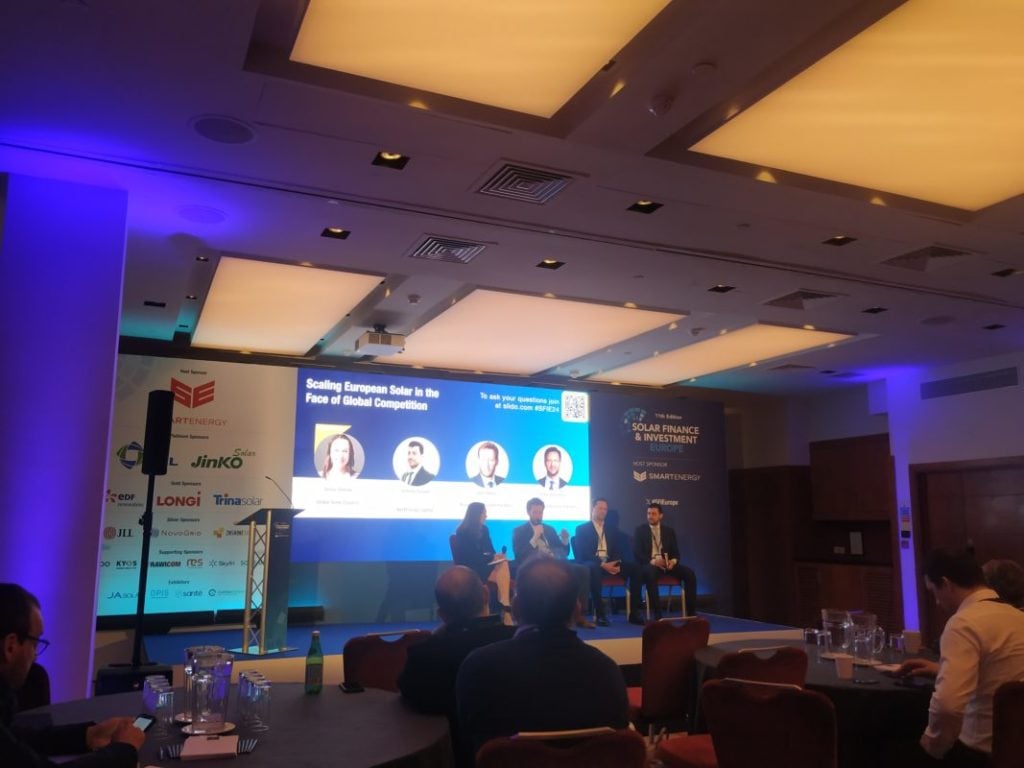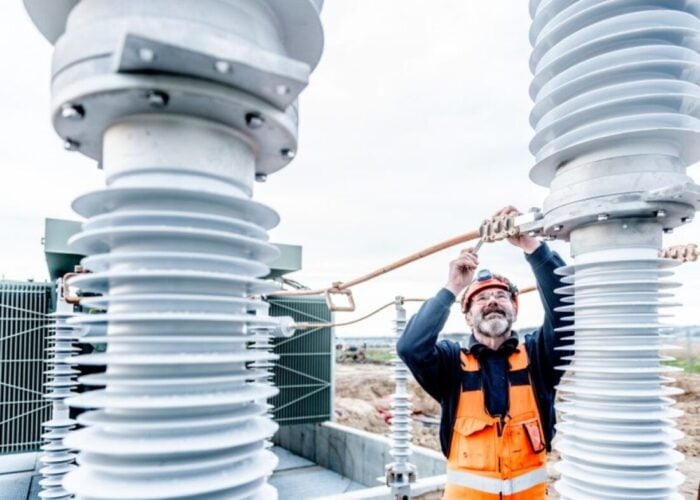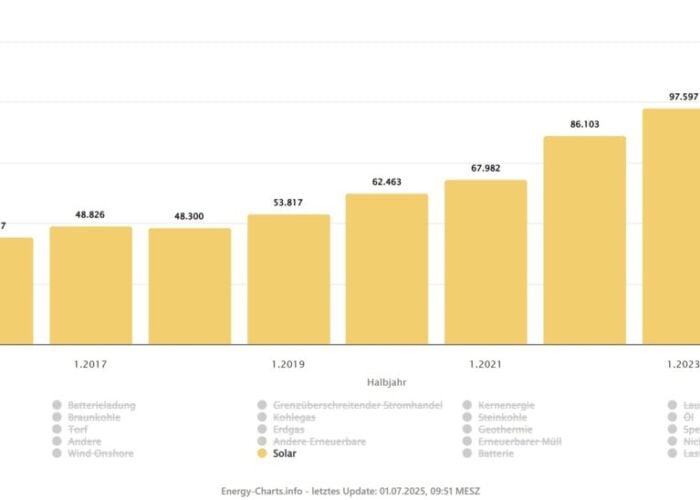
Following the blueprint set by the Inflation Reduction Act (IRA) in the US and improving permitting legislation are were among the opportunities discussed for the European solar sector by panellists at Solar Media’s Solar Finance & Investment Europe (SFIEU) event this morning.
Speakers at the panel, ‘Scaling European Solar in the Face of Global Competition,’ discussed how the European solar sector can attract new investment and encourage support for both the construction of new projects and expansion of existing ones.
Unlock unlimited access for 12 whole months of distinctive global analysis
Photovoltaics International is now included.
- Regular insight and analysis of the industry’s biggest developments
- In-depth interviews with the industry’s leading figures
- Unlimited digital access to the PV Tech Power journal catalogue
- Unlimited digital access to the Photovoltaics International journal catalogue
- Access to more than 1,000 technical papers
- Discounts on Solar Media’s portfolio of events, in-person and virtual
“There are, of course, a lot of challenges … in terms of grid bottlenecks and curtailment risks, but we believe there are a lot of opportunities,” said Antonio Salvati, investment director at NextEnergy Capital, and panellist.
“When we speak to investors – and 2023 has been quite a challenging year – we definitely expect something to change in 2024. We now see an appetite for specialists, for a specific technology or a specific country. We apply diversification, but still within solar; we diversify our portfolio throughout different acquisitions in multiple countries and multiple currencies.”
These challenges, however, are to be expected in an industry growing as rapidly as the European solar sector. According to trade body SolarPower Europe, Europe added 41.4GW of new capacity in 2022, and is expected to add an additional 56GW of new capacity in 2023, and these rapid changes have presented challenges for investors and developers alike.
“I think [these challenges] are natural, and I say that every solar market, on a country-by-country basis, follows the same pattern,” said John Hanna, partner and head of Europe at Basalt Infrastructure Partners, another panel speaker.
“The challenge I see, at the moment, is that we’ve had the explosion, then it tails off and you find the steady state, and solar assets were able to be traded comfortably. For investors [today], that’s just not attractive [and] the challenge is how do you find those opportunities to improve those returns.”
Expanding solar portfolios
The panellists also discussed how they plan to expand their solar portfolios, both in Europe and around the world. Energy Infrastructure Partners plan to expand its global solar portfolio to 3GW of capacity by the end of the decade, up from 600MW in operation in Spain, Italy and the US today, and expects to grow its solar portfolio by a greater extent than its wind portfolio.
“The solar boom in the US was really driven by the IRA, and made it relatively attractive compared to Europe,” said Peter Schümers, partner and co-head of investments at Energy Infrastructure Partners. “This happened at the same time as the Ukraine crisis and a windfall profit tax for energy companies, and that was a very bad sign for Europe.”
However, implementing an IRA-style form of legislation presents obvious challenges in a market such as Europe, where there are a myriad of governments and legislative frameworks. The panellists also discussed some of the challenges stemming from this legislative complexity, where it can take several years for permits to be given to new solar projects in markets such as Italy.
“Our first investment was building out a 70MW investment of ground-mount capacity in the UK, and underwrote double digit returns on that sort of investment,” said Hanna. “Clearly you don’t see that sort of investment in this market.”
“The length of the permitting process is a concern [in Italy] but it’s the complexity of the permitting as a local government level,” added Hanna, pointing to the challenges that arise from local governments being tasked with deciding on permitting matters for a number of solar projects.
However, panel moderator Sonia Dunlop, CEO of the Global Solar Council (GSC), reiterated that these challenges are not a surprise, and that trade bodies such as the GSC would aim to help solar companies ensure their projects remain attractive investment destinations in the long-term.







